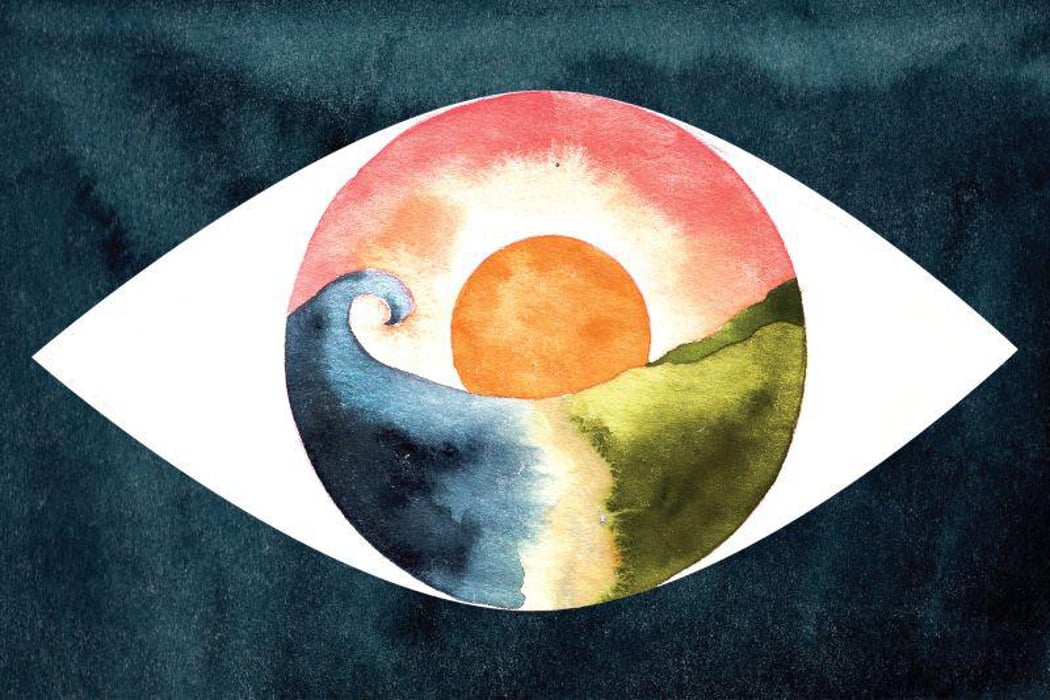LASIK Should Carry Warnings of Possible Complications, FDA Says

THURSDAY, Dec. 8, 2022 (HealthDay News) -- LASIK is a common vision-correcting procedure that many Americans view as safe and effective, but the U.S. Food and Drug Administration has now drafted guidance that warns of potential complications.
Although many patients are happy with the results after surgery, the recommended new guidance says complications can include dry eyes, double vision, difficulty with night driving, and in rare cases, chronic eye pain. Even after surgery, some patients will still need eyeglasses. The draft also notes that certain types of patients may be at higher risk for problems, including people with chronic conditions such as diabetes and those who take certain medications, The New York Times reported.
Since the recommendations were first released this summer, more than 600 people and professional organizations have weighed in on the issue.
"All we're asking for is balance," Vance Thompson, M.D., incoming vice president of the American Society of Cataract and Refractive Surgery, told The Times. "This document mainly emphasizes the dangers and complications of LASIK, with no mention of the advantages, and the tone is negative enough that it will scare patients." Thompson noted that more than 90 percent of patients in the FDA studies were satisfied because they were "achieving good vision without spectacles, which is the goal of most patients."
Surgeons and device manufacturers have sought to have the draft recommendations withdrawn. But a professional organization representing optometrists recommended adding even more precautions to the draft, to include pregnant women and those with irregular astigmatism, The Times reported.
To arrive at the draft recommendations, the FDA both collaborated on and analyzed studies on LASIK outcomes published in the past decade. One of those studies showed that three months after LASIK, nearly half of patients who had previously not had visual symptoms did so after the procedure. This included seeing halos around lights. About one-third of the patients had dry eyes.
The FDA has not said when the guidance will be finalized. The agency did respond to The Times with a statement dismissing some criticism and noting that it routinely issues labeling guidance for medical devices, the newspaper said.
Related Posts
Early Responders to 9/11 Now Face Higher Odds for COPD
THURSDAY, Sept. 9, 2021 (HealthDay News) -- Twenty years after the 9/11 attacks...
Costs of $259,324 Incurred by Adolescent, Young Adult Cancer Survivors
THURSDAY, March 2, 2023 (HealthDay News) -- Adolescent and young adult (AYA)...
ADHD Increases Risk for Car Crashes in Older Adults
THURSDAY, Oct. 19, 2023 (HealthDay News) -- Older adult drivers with...
